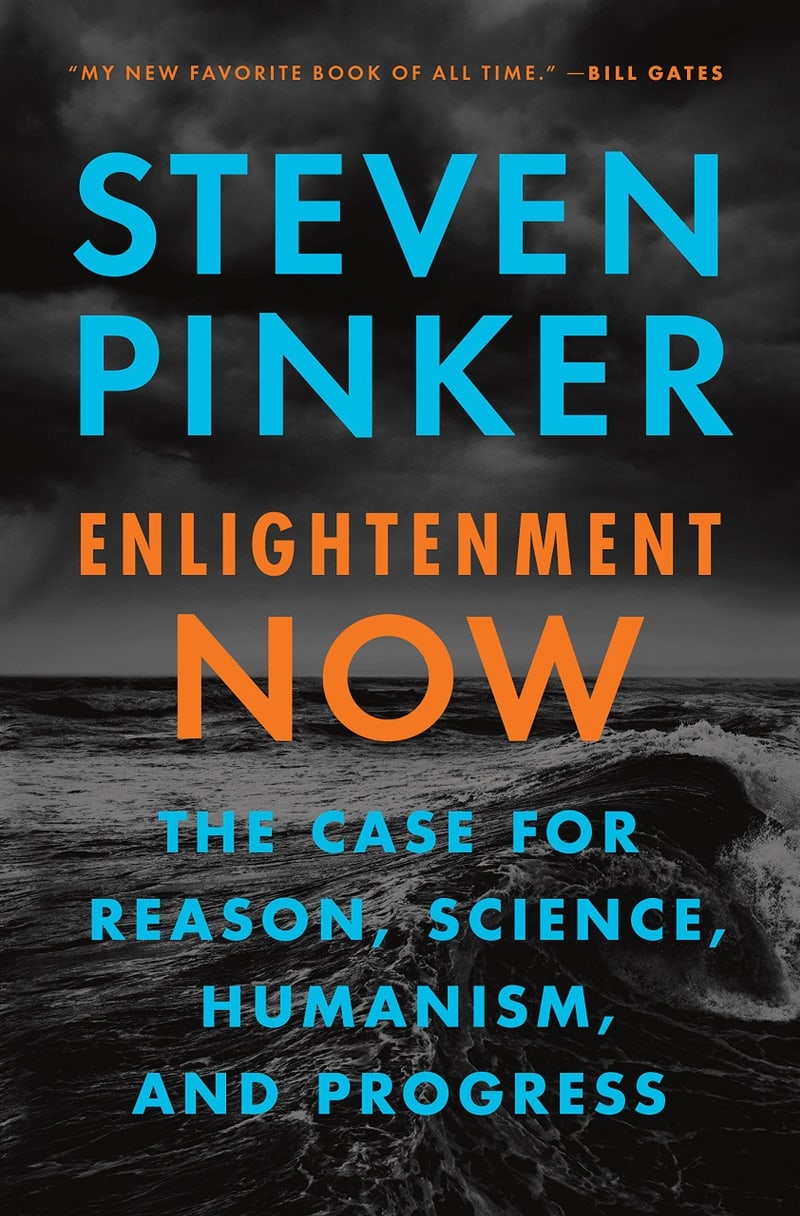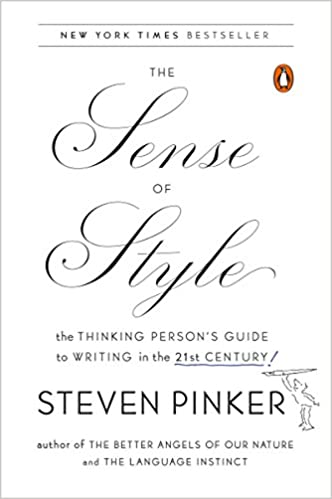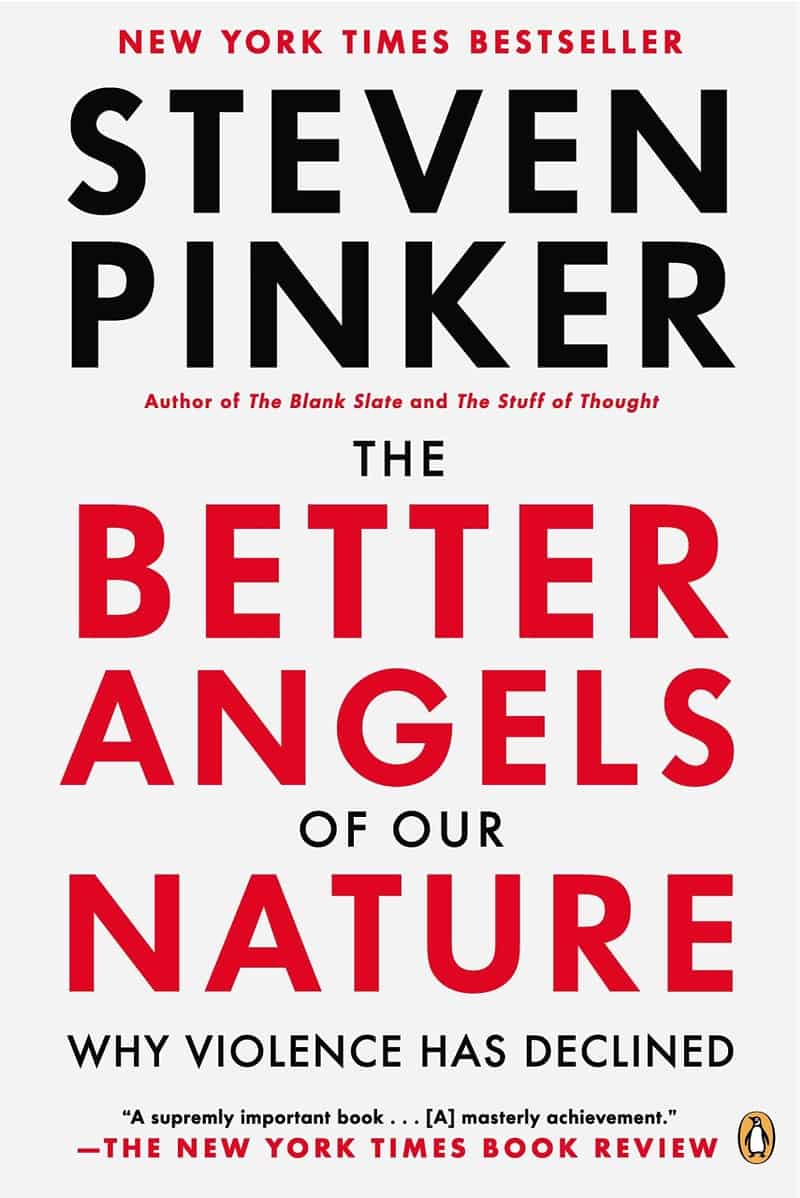Publications by Year: 1989
1989
In a recent paper, Chambers and Reisberg (1985) showed that people cannot reverse classical ambiguous figures in imagery (such as the Necker cube, duck/rabbit, or Schroeder staircase). In three experiments, we refute one kind of explanation for this difficulty: that visual images do not contain information about the geometry of a shape necessary for reinterpreting it or that people cannot apply shape classification procedures to the information in imagery. We show, that given suitable conditions, people can assign novel interpretations to ambiguous images which have been constructed out of parts or mentally transformed. For example, when asked to imagine the letter “D” on its side, affixed to the top of the letter “J”, subjects spontaneously report “seeing” an umbrella. We also show that these reinterpretations are not the result of guessing strategies, and that they speak directly to the issue of whether or not mental images of ambiguous figures can be reconstrued. Finally, we show that arguments from the philosophy literature on the relation between images and descriptions are not relevant to the issue of whether images can be reinterpreted, and we suggest possible explanations for why classical ambiguous figures do not spontaneously reverse in imagery.


